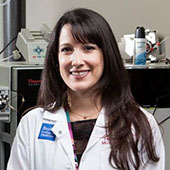
Reactions from INSAR 2018
Europe’s largest port is about to get a little busier this week as members of the autism research community pour into Rotterdam, the Netherlands, for the 17th annual International Society for Autism Research (INSAR) meeting.
12 May 2018: Day three
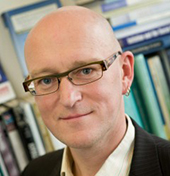
Chair of clinical child psychology, King’s College London
Parent push: “I’m sitting here in a panel session on parent-child interactions, and Mirjam Pijl, a graduate student at Radboud University, showed a chart of the increasing number of publications on parenting children with autism. She reminded us of the importance of the topic, which had long been somewhat ignored or perhaps avoided due to concerns about now-discredited theories of ‘refrigerator mothers.’
“We know how critical parents are for helping shape the future of all children, and it is good to see this topic return to the center of research. This kind of work can help researchers better understand and support children on the spectrum.”
Reader in developmental science, UCL Institute of Education, University College London
Inclusion issue: “On Friday, Georgia Pavlopoulou, a research fellow in the Lifespan Learning and Sleep Laboratory (LiLAS) at University College London (of which I am director), presented her study on the experiences of siblings of children on the spectrum. This is one of the first studies that I know of that directly involved siblings in the research, using audiovisual tools to document their experiences. Pavlopoulou emphasized the importance of co-producing research with families. Her study moves away from an autism-deficit perspective to create equitable partnerships between families, schools and the local community.
“The inclusion of the voices of people on the spectrum and their families is of paramount importance for us to understand family experiences and their priorities for research. Eliciting the views of children on the spectrum and their siblings will help to develop new, supportive interventions. This kind of research is a priority at the LiLAS lab: We are also conducting a study in which teens on the spectrum collect data about their own sleep habits.”
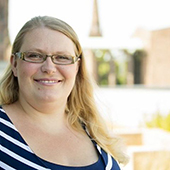
Assistant professor of psychology, University of Nottingham
Difficult discussions: “This year, I led the third and final ‘Suicidality in autism’ special interest group. There has been rapid growth in the scale and quality of research into mental health and suicidality in autism. We have come a long way from the single abstract on this topic at this meeting in 2014. What struck me in the presentations and discussions today was the consistent findings across research groups. Evidence now suggests that the high rates of co-occurring mental health conditions and unemployment do not solely account for the high rate of suicidality in autism. This suggests that there are as-yet unknown risk markers for suicidality unique to the autism community.
“Working with people on the spectrum as equal partners in setting the research agenda is helping us identify these unique factors much faster than would using traditional research methods alone. Continuing to embed this ethos in our research is crucial to understanding and preventing suicide in autism.”
11 May 2018: Day two
Associate professor of psychiatry and pediatrics, Tufts University
Wearable promise: “I found two sessions particularly captivating. Rosalind Picard, director of the Affective Computing Research Group at the MIT Media Laboratory, gave a keynote this morning that offered inspiration for using new technologies to test innovative approaches to longstanding problems.
“In a similar vein, Katarzyna Chawarska, a professor at Yale University, chaired an oral session on emotions in young children with autism that included research into physiological measures of fear and anxiety. One surprising finding was that the fear response in young children with autism is associated with a decrease in physiologic arousal compared with typical peers. The study also found that the anger response in children with autism was associated with a heightened physiological state. As fear seems closely related to anxiety, and anxiety with physiological hyperarousal, these findings raise many interesting questions. There is much to learn from the application of these kinds of real-time measurement in autism, particularly in naturalistic settings.”
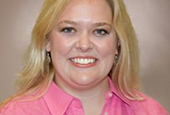
Associate professor, Thompson Center for Autism and Neurodevelopmental Disorders, University of Missouri
Gender variance: “It was interesting to hear in the session on the female autism phenotype that some women with autism view themselves as thinking more like a male than a female, and also have less fixation on gender conformity than their typical peers. It was also fascinating to hear how individuals on the spectrum conceptualize gender and gender identity.”
Chancellor’s fellow in developmental psychology, University of Edinburgh
Computational key: “Today we had a technology-focused keynote from Rosalind Picard, the originator of affective computing, followed by a brilliant technology demonstration. The keynote was an inspiring talk on issues, such as co-occurring epilepsy and depression, that people on the spectrum tell us are important to them. It showcased a lot of exciting technological innovations, but there was a disappointing absence of rigorous evaluation of the technology. This work is especially important for digital supports designed to deliver clinical benefits.”
Associate professor of child and adolescent psychiatry and radiology, Erasmus University Medical Center
Digital antics: “Yesterday in her keynote presentation, Duke University researcher Geraldine Dawson mentioned a poster to be presented today on her collaborative work on digital phenotyping for autism. So, I thought I would check it out. As I was standing beside it, the tool picked out my face, outlined my eyes, mouth and the contour of my chin. I had a very brief thought that I was passing through U.S. Customs, and that I could work with the National Security Agency on a large-scale study of autistic traits in people re-entering the country.
“While I was waiting, I did as any child might do: I started to make faces to test the system and to see how well and how quikly it could follow my feigned emotions. And, sure enough, the system followed my expressions in real time and gave them a label. There were some limits to following head rotation and eye winking, but I suspect that this will improve in time. I believe this could become a powerful research tool in the future.”

Professor, Center of Neurodevelopmental Disorders, Karolinska Institutet
Female autism phenotype: “I very much enjoyed hearing about new evidence in the field of the female autism phenotype. Yami Hamdani and Laura Hull from Meng-Chuan Lai’s research group at Toronto University showed data on girls’ efforts to fit in. These girls often become socially well connected but still feel emotionally unconnected. They also reported that the social behavior of women on the spectrum seems more rule-based (‘male’), and that their special interests often relate to pop culture and fashion. Girls and women with autism experience gender as a role-play, rather than fully identifying with their gender. The research group has also developed a novel questionnaire to assess female camouflaging — the Social Camouflaging in Autism Questionnaire — that I believe will greatly improve research into how autism presents in females.”

Adriana Di Martino
Associate professor of child and adolescent psychiatry, New York University
Lasting impressions: “In neurotypicals, enhanced fear responses and attention bias to threat are related to anxiety. Interestingly, this seems not to be the case in individuals with autism. This was one of the findings of the panel session, ‘How does it feel? Emotional lives of toddlers with ASD,’ chaired by Katarzyna Chawarska of the Yale Child Study Center. One of the session’s take-home messages was: The mechanisms underlying the development of anxiety in children with autism may be profoundly different from those that are known in neurotypical individuals.
“The panel featured a series of elegant studies on behavioral and physiological signs of emotions in toddlers with autism. These toddlers consistently showed attenuated fear responses and reduced attention bias to threat, relative to other children.
“These findings resonate with neuroimaging research. Researchers searching for the brain mechanisms underlying emotion processes in autism need to widen their focus beyond targets selected based on the neurotypical literature.”
Assistant professor of pathology and immunology, Texas Children’s Microbiome Center, Baylor College of Medicine
Gut feelings: “I’ve long awaited a session focused on gastrointestinal (GI) issues at INSAR, and it appears many others were eager to discuss the topic as well. The panel, led by Tim Buie, a true pioneer in the treatment of GI features in autism, chose to narrow the discussion to the development and validation of a test for GI problems that would be accurate in the autism population. As those of us in this area of research know well, this is desperately needed, but an extremely difficult undertaking.
“The conversation in the room frequently veered toward the microbiome, probiotics and even allusions to fecal transplantation. The call for collaboration and compilation of relevant datasets was well met, and I’m excited to participate in this working group moving forward. I’m hopeful this special interest group sets the stage for an entire session dedicated to GI issues in autism next year. And our evolving data on the gut microbiome and metabolome in pediatric autism would help to answer many of the questions posed by parents in the session.”
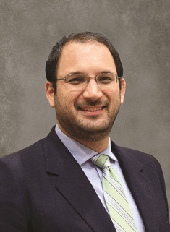
Assistant professor of psychology, psychiatry and pediatrics, Stony Brook University
Camouflaging and compensation: “I have been struck by the range of presentations and discussions about how features of autism emerge from the way individuals respond to their (often social) environments over time. For instance, many studies examine aspects of the ‘social camouflage’ phenomenon, recently quantified by Meng-Chuan Lai of the University of Toronto and his colleagues. Likewise, I have had several discussions about the ‘compensation’ phenomenon, wherein there is a disconnect between aspects of social cognition and social behavior. This was described in presentations today by Lucy Livingston and Francesca Happé of King’s College London. These new areas of research highlight increasing appreciation for the fact that the interactions between individuals on the spectrum and their social world are highly dynamic and crucial to understand.”
10 May 2018: Day one

Assistant professor of neuroscience in psychiatry, Weill Cornell Medicine
Social task: “Qiandong Wang of Peking University gave a talk on research investigating parent-child synchrony using a brain-imaging technique called functional near-infrared spectroscopy. He reported that being less in sync with the parent when performing an interactive task was associated with greater autism features.
“I think it is exciting to not only have the tools to study neural activity during real-time social interactions, but to include caregivers in these interactions. A child’s interactions with caregivers are likely to be different from those with clinicians.”

Professor, Center of Neurodevelopmental Disorders, Karolinska Institutet
Wake-up call: “I was intrigued by the passionate call from current INSAR president Simon Baron-Cohen to address research gaps in areas fundamental to the lives of individuals on the spectrum and important to society as a whole. These areas include employment, housing and health challenges.
“I agree that although we have excellent preclinical and clinical research in autism, it is a shame that there are so many blind spots in the areas of services, support, inclusion and quality of life. We need a better balance of biomedical research and applied community and services research to help people on the spectrum now.”
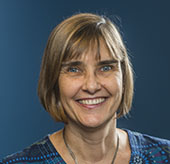
Professor of neurology, pediatrics and psychiatry, George Washington University
Engaging experience: “I was fascinated by a talk entitled ‘Special interests and subjective wellbeing in autistic adults’ by Rachel Grove, a researcher at the Cooperative Research Centre for Living with Autism in Australia. Grove described the positive force that special interests play in the lives of many people on the spectrum. She also reported that the most common special interest of the more than 300 women she studied was autism itself. I wonder if this explains why I encounter so many smart and powerful women in the self-advocacy community.”
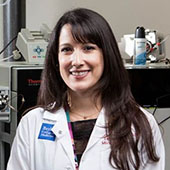
Assistant professor of pathology and immunology, Texas Children’s Microbiome Center, Baylor College of Medicine
Opening thoughts: “It was terrific to hear the morning address of INSAR president Simon Baron-Cohen. He emphasized that more work is needed in the areas of gastrointestinal issues, sleep disorders, seizures and other co-morbidities in autism. As a translational researcher and parent of a child on the spectrum, I strongly agree.
“In a keynote address, Geri Dawson, a professor at Duke University and former INSAR president, made two statements that struck a chord with me. Although both points are well known, we don’t hear them often. Dawson reminded us that despite intensive early intervention, some children on the spectrum remain significantly impaired. She also said that in some cases, autism is associated with neuroinflammation. Finding out what is distinctive about each of these groups of children might inform the choice of treatment for them.”
8 May 2018: Heading to Rotterdam
Europe’s largest port is about to get a little busier this week as members of the autism research community pour into Rotterdam, the Netherlands, for the 17th annual International Society for Autism Research (INSAR) meeting.
On Wednesday, an expected 1,700 researchers, clinicians and others from across the world will gather at the De Doelen conference center in the heart of Rotterdam. Over the following three days, they will take in 1,400 posters, panel presentations and oral sessions on the latest in autism research.
The keynote speakers this year include INSAR’s past president Geraldine Dawson, who will highlight approaches to early diagnosis and intervention in autism. On Saturday, Mark Johnson, professor of experimental psychology at Cambridge University in the United Kingdom, will present research on infants at high risk for the condition.
The program also includes presentations on autism genetics, technological innovations, monkey models and quality of life for adults with autism, among other topics. In a Viewpoint for Spectrum, Shannon De Roches Rosa calls attention to the increasing number of sessions geared toward the concerns of families and people on the spectrum.
The Spectrum team will be at INSAR in force, reporting from the conference floor. You can keep up with our coverage here. You can also sign up for our newsletter to get a daily digest of stories.
Join our annual INSAR Twitter chat on Thursday, 10 May at 5:30 CET. We will pose questions about research presented at the conference using our handle, @Spectrum, and the hashtag #INSARChat. If you are at the conference, please tweet with us in the Hudig Zaal room on the third floor of the conference center. You can also grab a snack.
Learn how to write for Spectrum at our Viewpoint session. On Friday, 11 May at 5:30 p.m., editors will provide guidelines for penning opinion pieces for Spectrum. The discussion will take place in the Stadsbrasserie Rotterdam. An informal reception will follow at 6:15 CET for anyone who would like to meet the Spectrum team. Food and drinks will be served.
On Saturday, please join us for lunch and help build the Spectrum wiki — a glossary of autism terms. We’ll be meeting — and eating — at 12:30 CET in the Hudig Zaal room. Come prepared with the term you’d like to add.
We hope to see you there — in-person and online.
For more reports from the 2018 International Society for Autism Research annual meeting, please click here.
Recommended reading
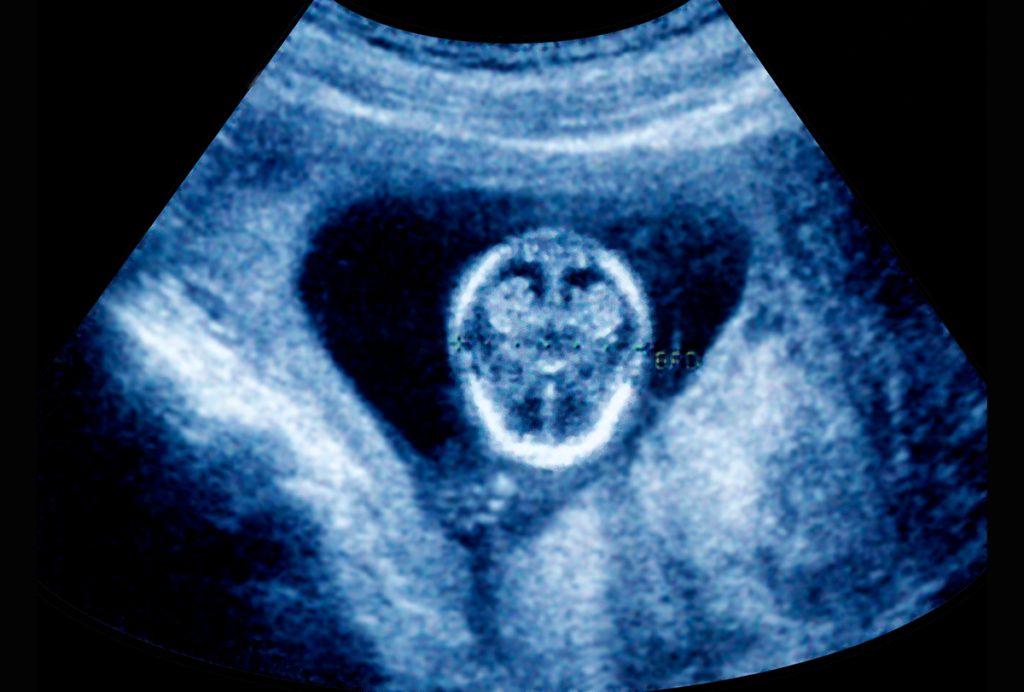
Gene-activity map of developing brain reveals new clues about autism’s sex bias
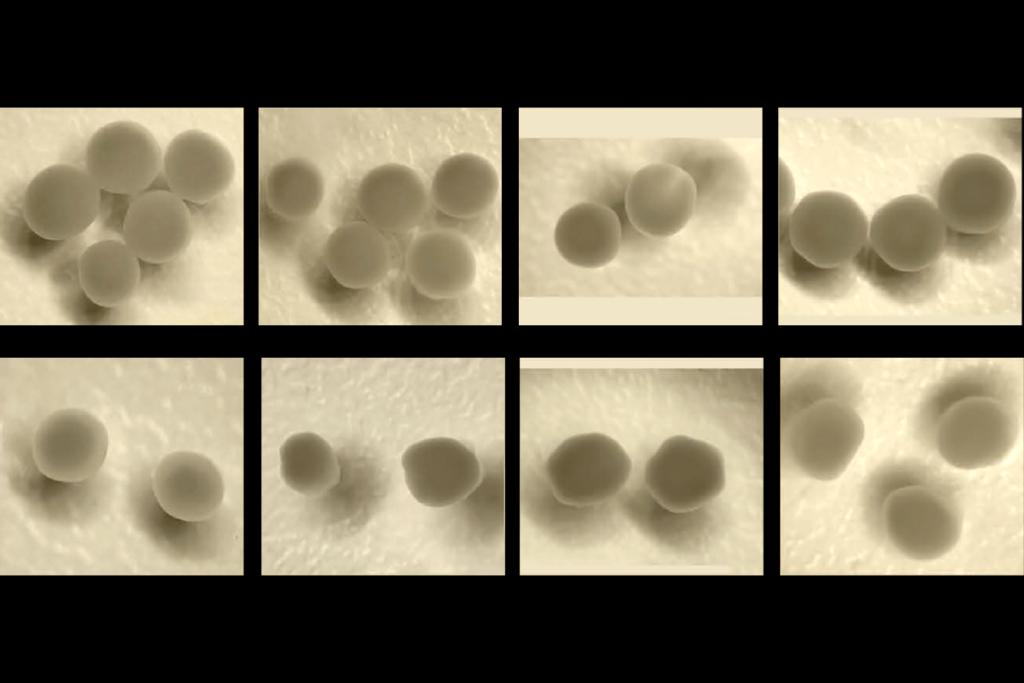
Parsing phenotypes in people with shared autism-linked variants; and more
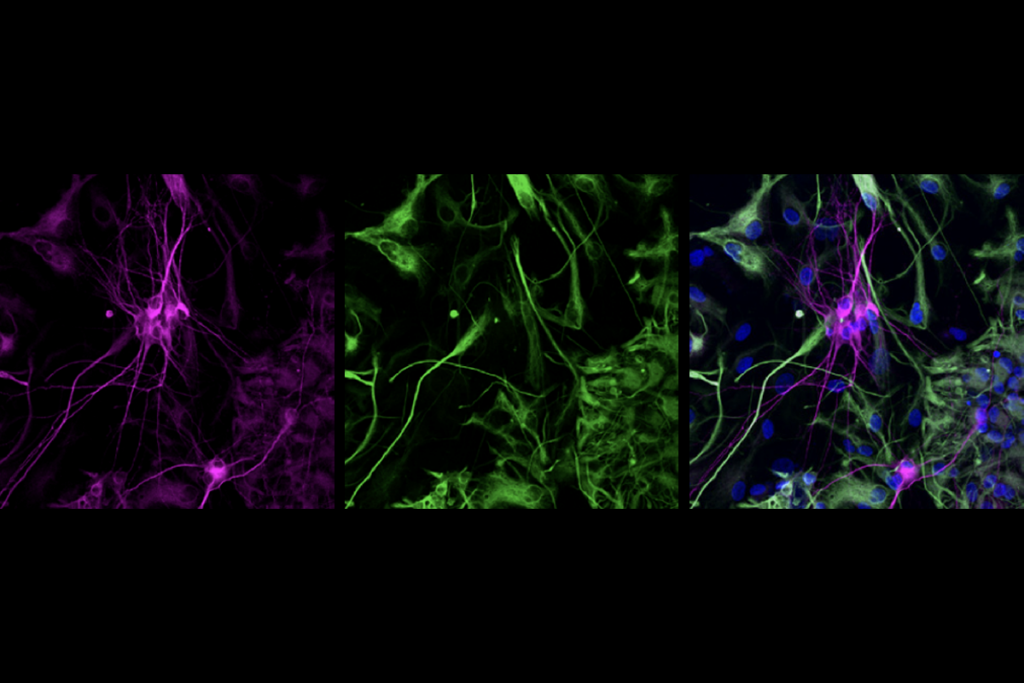
Boosting SCN2A expression reduces seizures in mice
Explore more from The Transmitter
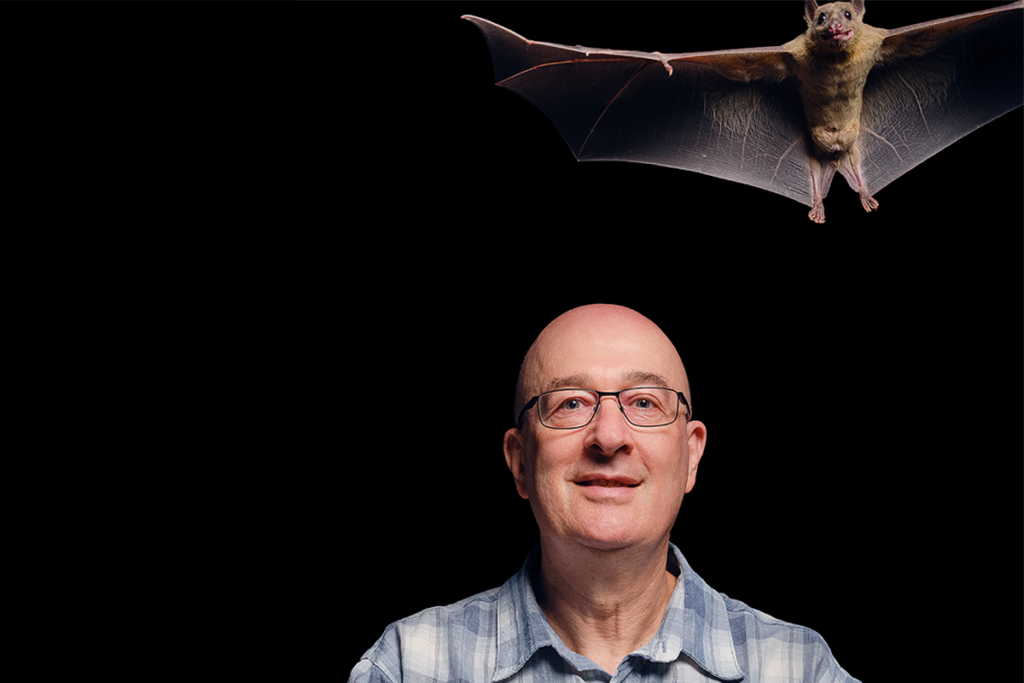
Diving in with Nachum Ulanovsky
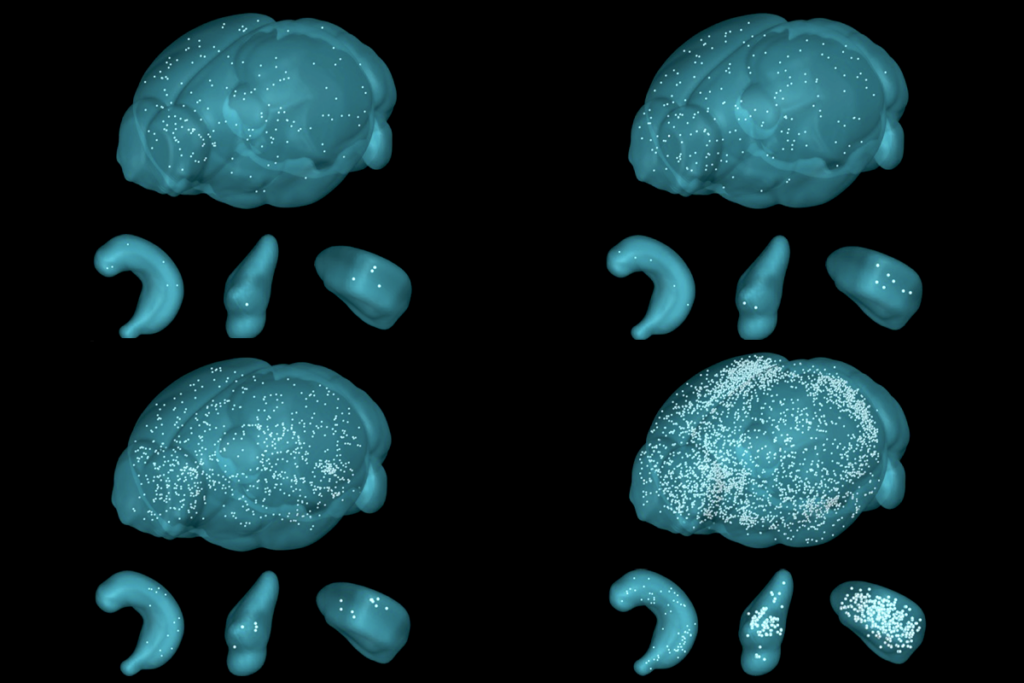
 Dagmara Dimitriou
Dagmara Dimitriou